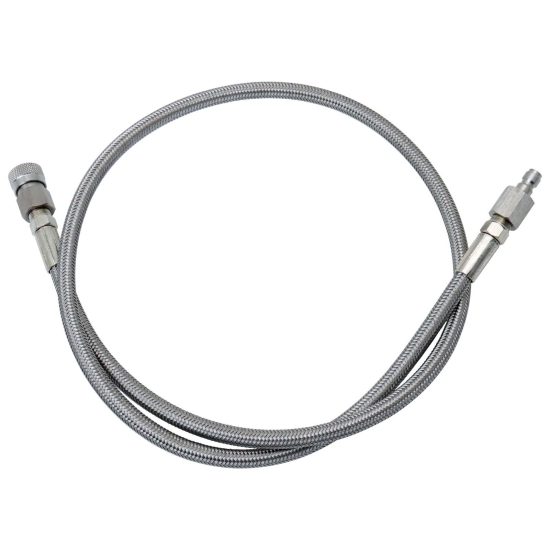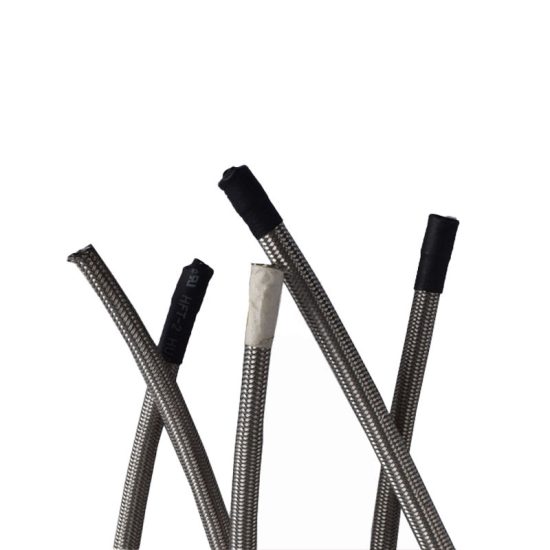Choosing the right metal hose involves considering various factors to ensure it meets the specific requirements of your application. Here are steps to guide you through the selection process:
- Identify Application Requirements: Understand the specifics of your application. Consider factors like operating temperature, pressure, the type of fluid or gas being conveyed, environmental conditions, flexibility needs, and any regulatory or industry standards that must be met.
- Material Selection: Choose the appropriate metal alloy based on the application requirements. Common materials include stainless steel (grades such as 304, 316), Monel, Inconel, bronze, or other specialized alloys, each offering different properties such as corrosion resistance, temperature tolerance, and durability.
- Temperature and Pressure Ratings: Ensure the metal hose’s temperature and pressure ratings align with the operating conditions of your application. Select a hose capable of handling both the maximum and minimum expected temperatures and pressures.
- Flexibility and Movement Requirements: Consider the level of flexibility or rigidity required. Determine if the hose needs to withstand movement, vibration, bending, or torsion during operation. Some applications may require a highly flexible hose, while others may need a more rigid structure.
- End Fittings and Connections: Choose the appropriate end fittings or connections based on compatibility with the existing system or equipment. These can include threaded connections, flanges, camlock fittings, or other specialized fittings based on the application.
- Chemical Compatibility: Ensure the metal hose material is compatible with the fluids or gases it will be conveying. Some substances can react with certain metals, leading to corrosion or degradation. Verify compatibility to avoid potential safety hazards or equipment damage.
- Size and Length: Determine the hose’s diameter and length needed for your specific application. Ensure it fits the space available and can accommodate any movement or expansion requirements.
- Industry Standards and Certifications: Ensure that the metal hose meets relevant industry standards, certifications, or regulatory requirements. This might include certifications like ISO, ASME, or specific industry standards based on the application.
- Budget and Long-Term Costs: Consider the initial cost of the hose along with its expected lifespan, maintenance requirements, and potential downtime costs. A higher-quality hose might have a higher initial cost but could result in lower long-term maintenance expenses.
- Consultation with Experts: If needed, seek advice from manufacturers, engineers, or experts specializing in metal hoses. They can provide valuable insights and recommendations based on their expertise and experience.
By carefully considering these factors and selecting a metal hose that aligns with your application’s specific requirements, you can ensure optimal performance, durability, and safety within your industrial processes.

